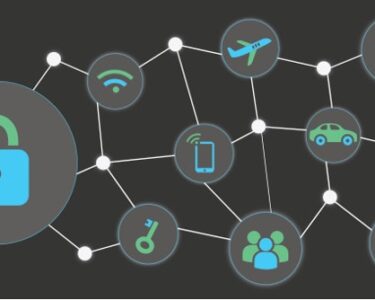
Digital Design: Shaping the Modern Living Experience
In today’s rapidly evolving technological landscape, digital design has emerged as a transformative force that profoundly impacts our daily lives. From the devices we use to the spaces we inhabit, digital design is shaping the way we interact with our surroundings and redefining the concept of living itself.
Smart Homes: Enhanced Comfort and Convenience
Digital design has revolutionized home living, making it more comfortable and convenient. Smart home devices, such as smart lights, thermostats, and voice assistants, provide effortless control over various aspects of the living environment. By automating tasks, optimizing energy consumption, and creating personalized experiences tailored to individual preferences, digital design enhances our overall well-being and streamlines our daily routines.
Virtual and Augmented Reality: Immersive Entertainment and Education
The advent of virtual and augmented reality (VR and AR) technologies has opened up new possibilities for entertainment and education. VR headsets transport us to virtual worlds, offering captivating experiences that blur the lines between reality and imagination. AR overlay digital information onto the real world, providing real-time assistance and enhancing our perception of the physical environment. These technologies are transforming the way we learn, play games, and connect with the world around us.
Digital Wellness: Promoting Health and Well-being
Digital design can also play a role in promoting our health and well-being. Fitness trackers, sleep monitors, and mindfulness apps leverage data and technology to empower individuals to take control of their health, track progress, and make informed decisions. By monitoring vital signs, providing personalized recommendations, and fostering healthy habits, digital design becomes an invaluable companion in our quest for a healthier lifestyle.
Sustainable Living: Reducing Environmental Impact
Digital design can also contribute to a more sustainable future. Smart energy management systems, water-saving appliances, and carbon footprint tracking apps empower individuals to reduce their environmental impact. By optimizing resource consumption, monitoring energy usage, and promoting responsible behaviors, digital design plays a crucial role in fostering environmental consciousness and reducing our carbon footprint.
Public Spaces: Enhanced Connectivity and Inclusivity
Digital design is transforming public spaces as well. Smart cities incorporate a network of sensors, cameras, and communication systems to optimize traffic flow, improve safety, and enhance accessibility. Wi-Fi hotspots and interactive public displays provide free internet access and facilitate communication and collaboration, fostering a sense of community and inclusivity.
Conclusion
Digital design is an ever-evolving field that continues to redefine the way we live. From enhancing our homes to transforming public spaces, digital design empowers us to live more comfortably, efficiently, and sustainably. As technology advances, we can expect even more innovative and transformative applications that will shape the future of living, making it more connected, personalized, and fulfilling.


